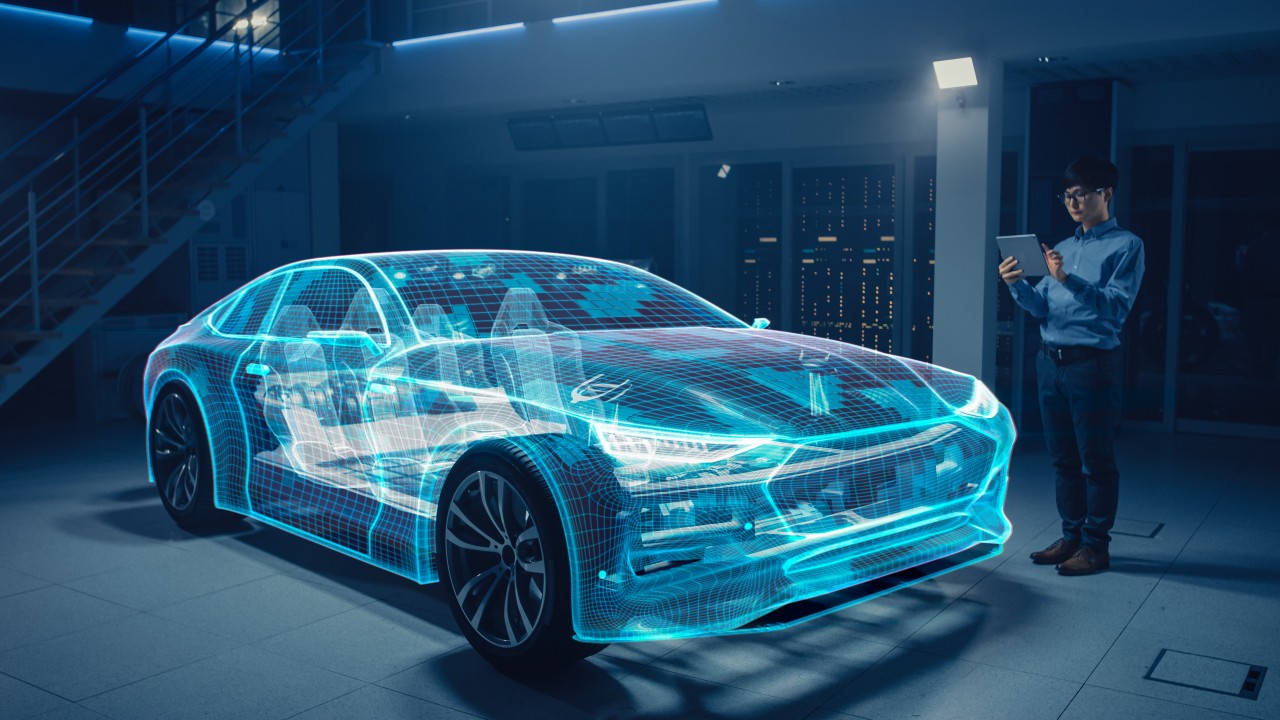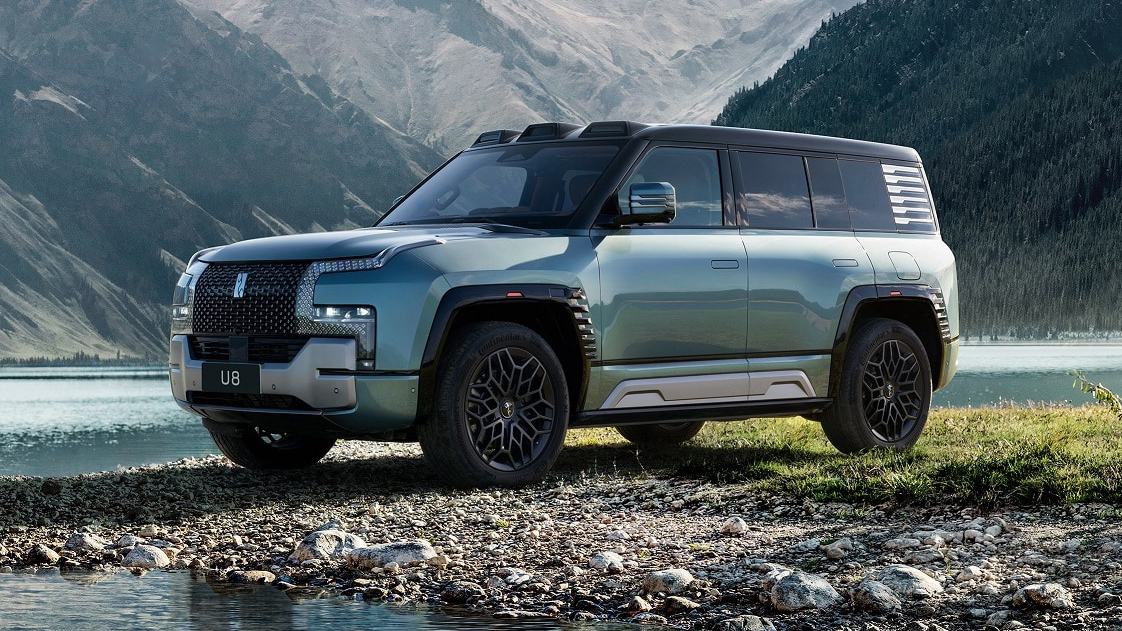With many automobile competitors in the market, automotive companies worldwide are striving to make the next generation of vehicles successful in terms of automotive technology and sustainability. The opinions of most industry executives are to use technologies for meaningful automotive improvement and emphasis on standardization, software sharing, and computer-aided design. Some emphasis has been put on R&D to search at growth areas such as body styles, fuel efficiency and mobility, diesel pollution, engine management systems, current trends in SUV schemes, exotics, transverse roads, concept cars, and luxury vehicles. It is the highest level of green energy versatility.
If a prototype is not yet developed, it is the R&D Center’s duty to refine it so that it can be incorporated into a future product. We look to the future with this dream for the greatest driving safety, in which empty vehicles can be sent to gather mates, and in which automobiles don’t crash.
The vision of a self-driving autonomous vehicle is coming true. Some-autonomous cars to be used before the end of the decade and fully self-supporting automotive systems to traverse the roads ready in the next decade, in order to reduce incidents and improve freedom. This takes two days for these cars to drive over 550 miles on a highway so that the vehicle can move up to 70 miles per second. We are designed to understand car, basketball, cycling and a long list of other obstacles for deep neural learning. The way cars are self-driven, like safety issues and data protection, still has major problems; there are people who are concerned about the data collection that these devices need. Federal mobility legislation does not actually take into account self-driving cars.
When we move into the next major development in how cars are driven, all this is related to electrification. The next breakthrough in electric vehicle technology. Electric vehicles will provide petrol for emissions-free driving on 100 percent of power. Such a system has great potential in highly populated urban areas particularly for use with smaller vehicles working at short speeds.
Mobile apps enable us to remain connected and autonomous with people and knowledge when on-the-go. You can now test your fuel level, fluid life and tire pressure (if your vehicle is fitted with tire pressure monitoring) use excellent software to improve the driving experience. You can speak to an advisor; find an automobile on a map (accessible only by the U.S.); start it remotely (if factory installed).
In addition to our leading battery-electric vehicle growth, automotive companies continue to pursue exciting advanced technology such as hydrogen fuel cells. A number of cars without a reduction in fuel have the ability to drive the hydrogen cells. These are also capable of supporting family and larger bikes, of rising passenger and cargo power, of driving longer distances at road speeds, of achieving high performance and energy efficiency, and fully-time zero-emission operations.
An automobile vehicle can receive an electric charge using other automotive technologies such as Led Dashboards and wireless charging solutions simply by parking a wireless charger device.
The new car development revolution has opened the way for businesses to give their consumers a better experience. It is the right way forward to concentrate both on public health and freedom and to build autonomous vehicles as part of the green initiative.




